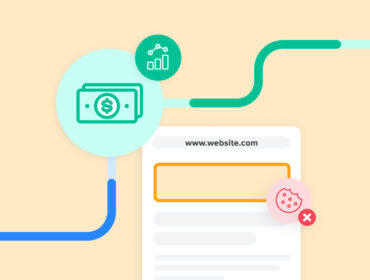What’s second-party data?
In the world of media buying and digital marketing, the two most prominent forms of data used to target audiences are first-party data and third-party data. But there’s another form of data that’s popular: Second-party data. In this blog post we’ll take a look at what it is, its benefits, and how to use it.
Let’s dive in.
What is second-party data?
Second-party data is data collected by a company or organization right from their audience and then sold to another organization. To purchase this data, the buyer must have an existing relationship with the seller; this differs from third-party data in that third-party data is sold by a data aggregator.
The types of data that comprise second-party data may include user activity from the web, apps, and social media, in-store purchases, survey responses, etc.
What are the benefits of second-party data?
Because you’re purchasing data directly from the data seller, you have transparency into the data’s quality. Furthermore, a direct relationship with the seller provides flexibility in the kinds of data you purchase. This enables you to only invest in what best suits your business needs by strategically augmenting your existing data with insights you might not otherwise have.
How can I use second-party data?
Second-party data can help you improve your marketing campaign performance in various ways. For example, it gives you insight into your potential customers or existing customer profiles, making it an excellent complement to your first-party data. This increases your scale and helps to improve your targeting efforts to supercharge your campaigns.
Of course, second-party data allows organizations to monetize their first-party data as such, opening up new revenue streams.
More on first, second, and third-party data
Check out our quick video below to learn more about first, second, and third-party data. If you’d like more insights on data types, read our blog post on zero-party data. Or, watch our discussion with Likemind and ThirdLove to learn how publishers and advertisers activate first-party data and audiences.


